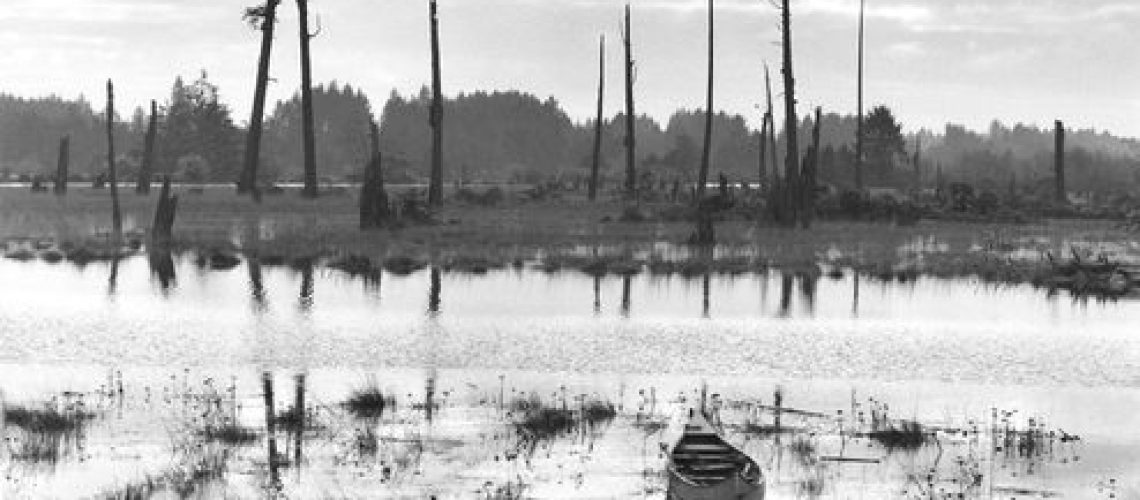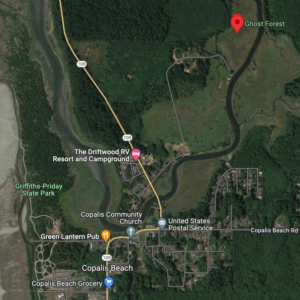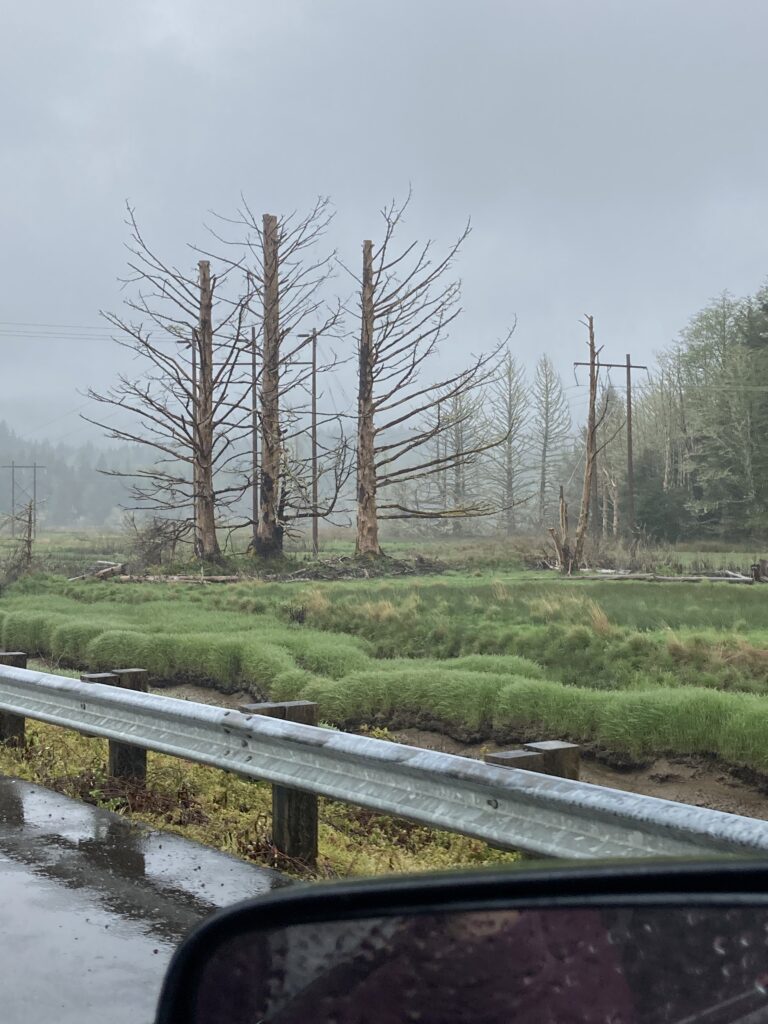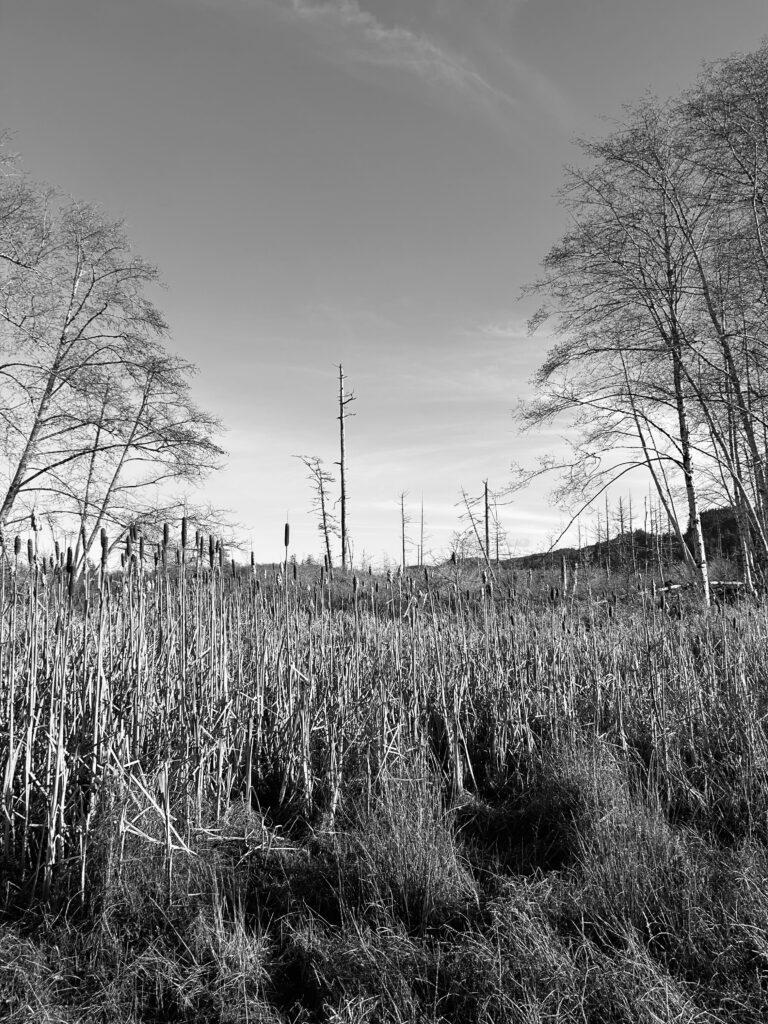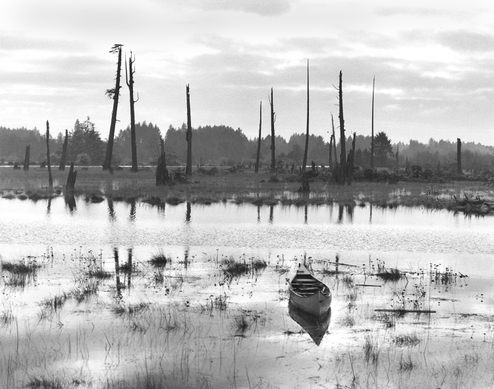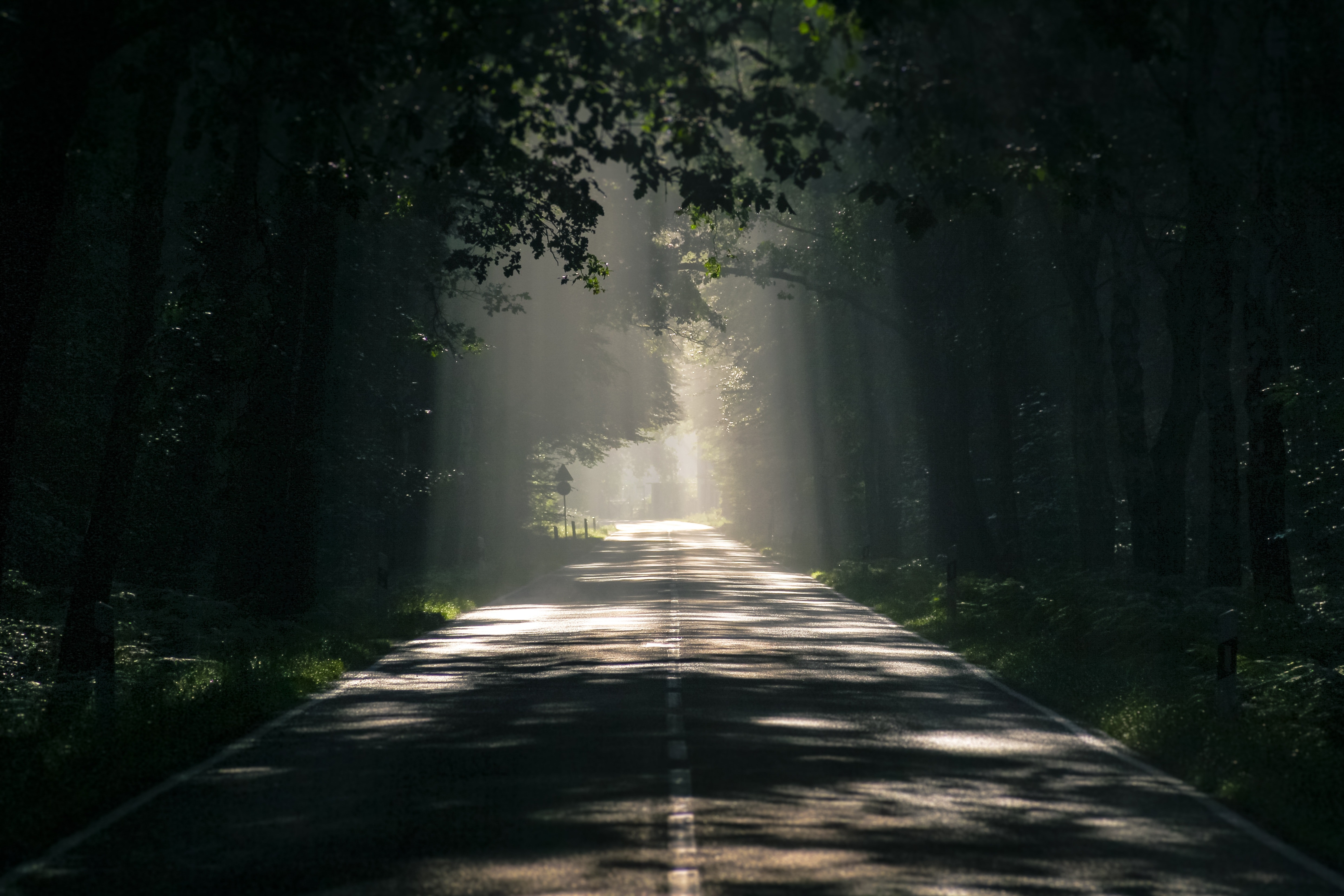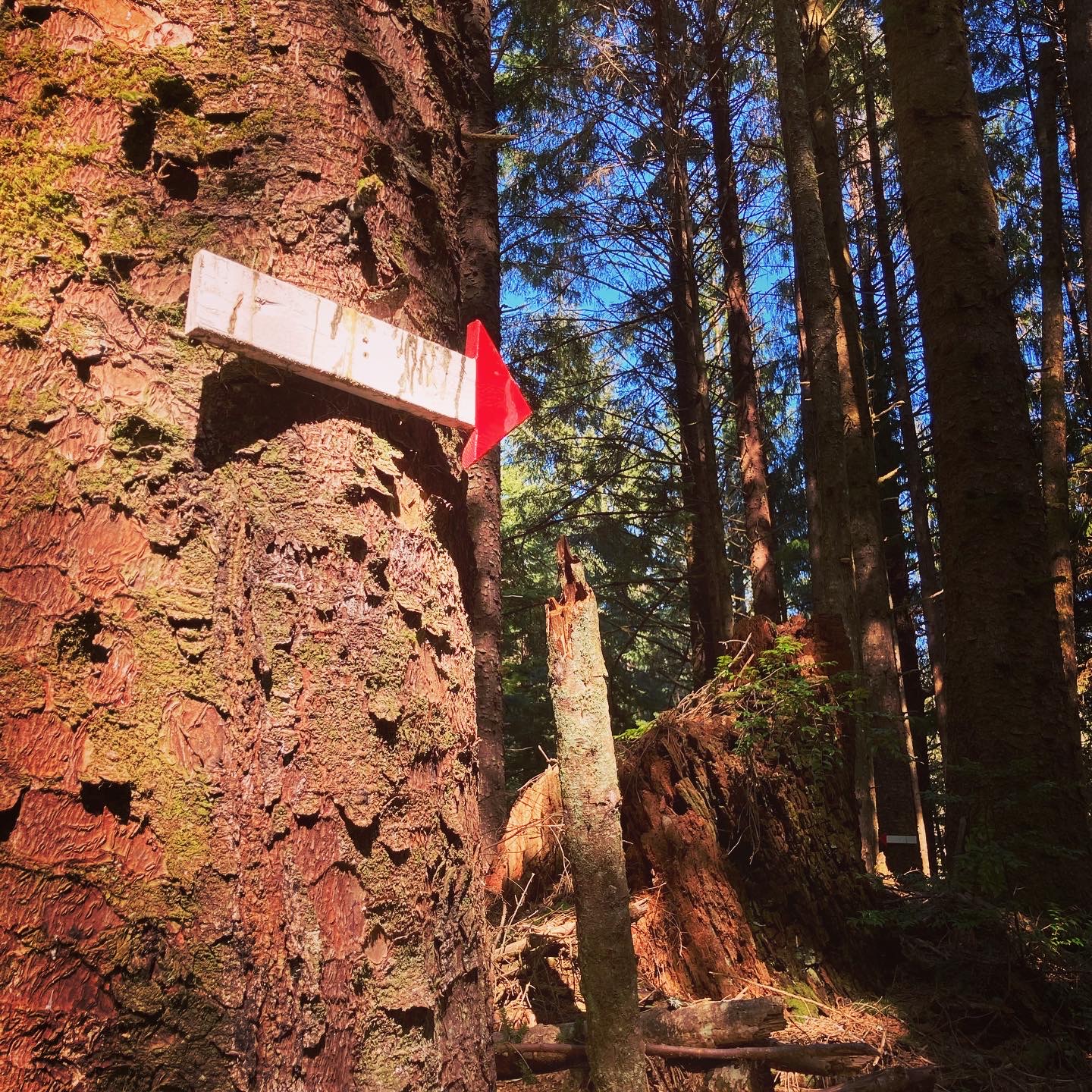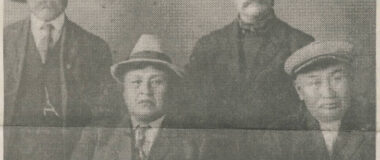In 2018, while moving out here from Tacoma, we met Leo, an old-school used car salesman who long ago peddled hot rods on South Tacoma Way (a legendary cruzin’ strip, back in the day). Long since retired, he owned the scrappy looking former site of Sam Cameron’s Tourist Garage in Copalis Beach, across from the grocery store. Quite the collector of all kinds of things, he’d been using it for storage. The day we met, Leo was hanging out in a lawn chair, garage door rolled up and open for biz—conducting an impromptu sale to clear the joint before putting it on the market. To say the building was full to the brim is an understatement, (more on that story here).
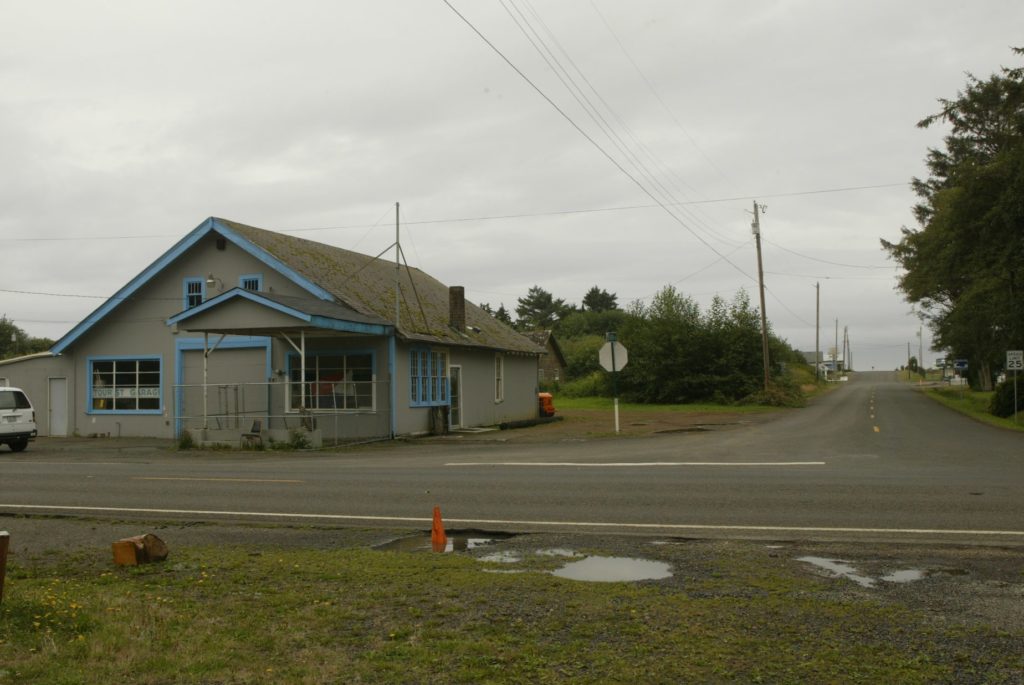
While chatting, we learned about Leo’s property just up the Copalis River that he granted access to when a film crew showed up to make a documentary about the ghost forest. Allowing access though his property that borders it, spared them the hassle of lugging equipment upriver in canoes launched at Griffiths-Priday State Park. I supposed that experience sparked an idea and in 2018 he was excited to tell us all about his future campground, which would be built around giving trail access to the ghost forest for guests. That was his shtick: Stay at my campground and visit the ghost forest without paddling. Interesting pitch but more than that—we were curious.
Ghost trees: Here, there—everywhere
Talking to Leo was the first we’d heard about the Ghost Forest of Copalis, which is somewhat embarrassing since we’re Washingtonians, tried and true. But better late than never, I guess. Just goes to show you why we’re called the “hidden coast.” Thankfully, we didn’t have to wait for Leo’s plan to put eyes on ghost trees because even though the building sold, he never did open a campground. We also weren’t forced to paddle up the Copalis River to see one in the wild—because—as it turns out, ghost trees are all over the place out here. Hang tight, we’ll get to that in a minute. First, let’s peek at the cause and why society at large didn’t learn about these unique trees until fairly recently.
The study of earthquakes past: Finding the ghost forest of Copalis
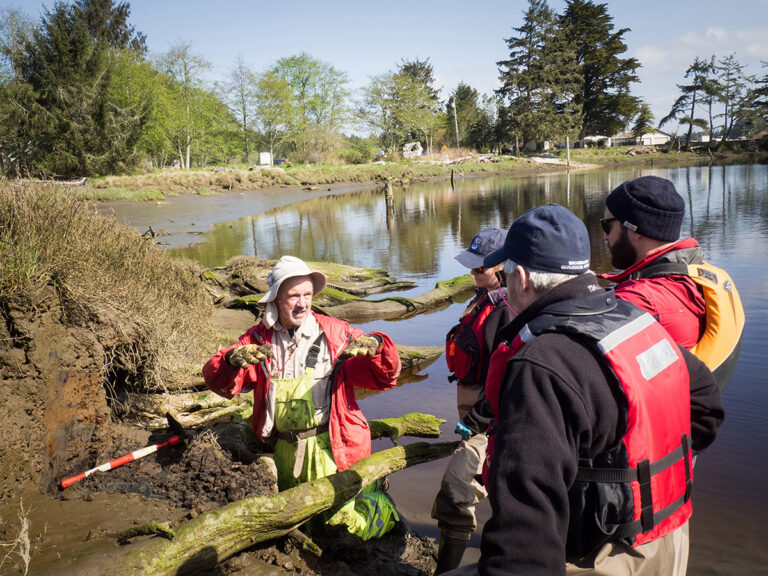
In 2005, University of Washington-based U.S. Geological Survey scientist, Brian Atwater was named to Time Magazine’s list of 100 most influential people. It’s an honor he shares with Oprah and the Dalai Lama. Specializing in paleoseismology (the study of earthquakes past), it was decades of research that led to discovering six or seven unrecorded tsunamis along our coast over the past 7000 years that got him recognized. Before Brian’s work, most people were clueless about the frequency and ferocity of tsunami events along our coast. Suffice it to say, when he began in the late 1980s, there were no tsunami warning signs, safety towers or hype around what to do when it happens. All that started after he told us we’re sitting on a ticking-time-bomb and interestingly, the United States wasn’t the only country that learned a little something new.
Thunderbird, Whale and the orphan tsunami
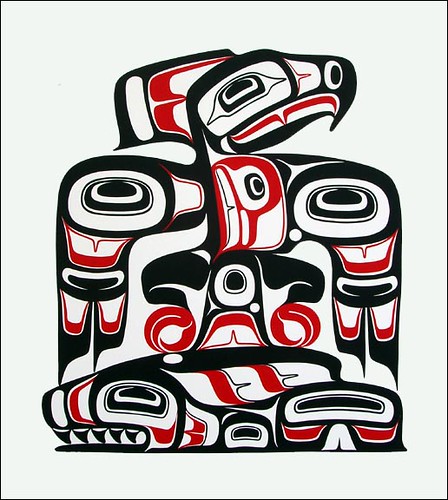
The Quinaults and other Pacific Northwest tribes share oral histories around tsunamis and earthquakes. One of which was recounted by Quinault leader Guy Capoeman and tells of giant supernatural mythological creatures, Thunderbird and Whale. Now and again fights between the two would ensue as Thunderbird ventured out to hunt Whale. Rising to the sky and shooting fire daggers, Thunderbird would pluck Whale out of the ocean with giant talons and soar high into the sky before hurling him to earth. Altercations like this occurred multiple times in Quinault history, including the last “unrecorded” tsunami, which caused a catastrophic loss of life, forever changed the PNW coastline and ultimately impacted Japan.
The word tsunami translates to “harbor wave” and has been widely adopted globally because it includes all forms of impulsive wave generation for example, waves caused by landslides, earthquakes and volcanoes. In our case, on Jan. 26, 1700, at 9:00 pm, a thrust fault rupture along our Cascadia subduction zone occurred without warning. It rocked our shores with such ferocity that the ripple sent giant waves thousands of miles across the Pacific, washing over parts of Japan—taking out houses, rice paddies and villages in the wake. Somewhat like a child making waves at bath time.
The connected story of two cultures
As a set of islands, Japan is no stranger to massive waves and has kept meticulous written recordings of tsunami events from November 29, 684 A.D. on. However, when our “big one” arrived in 1700—it was special—mainly because the Japanese knew that a wave sequence of this magnitude was predictably preceded by a catalyst event, referred to as a “parent.” In 1700, no such parent was recorded, giving Japanese citizens zero warning, and leaving them baffled by what became known as an “orphan tsunami.” It wasn’t the only orphan they experienced but it was the last. Parents of the others had long ago been identified when in 1996, Brian’s research finally connected the dots between the catastrophic Thunderbird-Whale fight on our coast and Japan’s long ago orphan tsunami.
The story can be found in a book co-authored by Brian Atwater: The orphan tsunami of 1700—Japanese clues to a parent earthquake in North America.
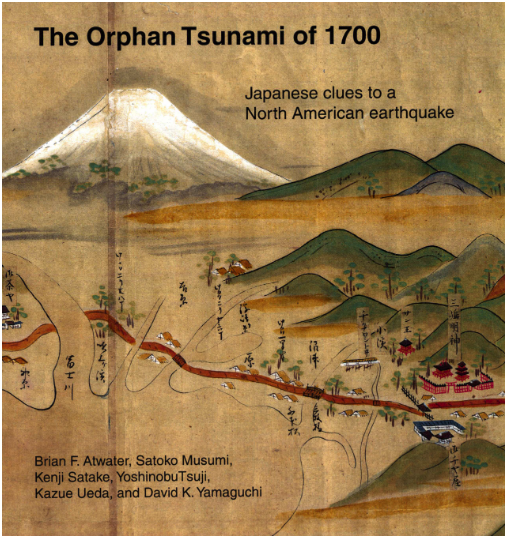
Mother Nature: The world’s best storyteller
Much of the research was conducted in Grays Harbor where Brian was quoted saying, “When I started out [in the late 80s], a lot of these dangers were not all that clear. If you look at what we know now, it beats you over the head.” So, when he discovered the stand of dead trees bordering Leo’s future campground up the river, it was a new and exciting milestone—even thought they’d been there for more than three centuries and the Quinaults and had been retelling the story all along. For most everyone else, it was big news.
Science confirmed through tree ring analysis and soil samples taken at multiple sites that a significant layer of sand was deposited between layers of dirt—suggesting a single event killed the trees. Data in hand and clear evidence of how violent the event was, it was a matter of finding supporting evidence across the pond, and that’s how Japan’s orphan tsunami on Jan 26, 1700, was reunited with its parent and it’s also how we know the exact time of 9:00 pm.
When the puzzle came together, it revealed a magnitude 9 earthquake off our coast so violent the ground dropped four to six feet, allowing saltwater to rush in and killing the trees instantly. Brian explained the physical proof in 1990, at a marsh in Westport when he dug through three feet of tidal mudflats to find a forest floor, still intact with dead plants covered by mud.
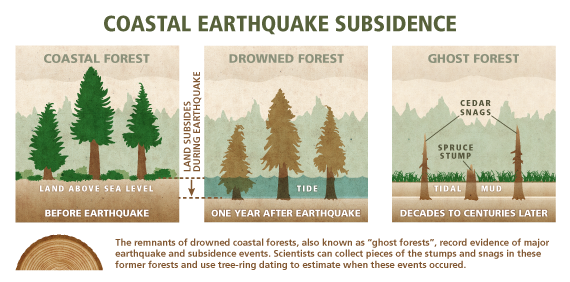
In addition to Quinault stories, the First Nations People of Vancouver Island describe the shaking as “so violent that people could not stand and so prolonged that it made them sick,” with landslides and entire villages and its people decimated. Considering the trees are still standing dead after 300-plus years, as a stark reminder of their former glory and the catastrophe, it’s no wonder the oral history lingered.
Find ghost trees on and around the hidden coast scenic byway
Honestly, once we knew ghost trees were out there to be found, it was difficult to NOT see them. Just look where a grove of dead trees meets a merger of fresh and saltwater. Like estuaries along the route from the hidden coast to Astoria or Westport before the bridge to Brady’s Oysters, for example. Or along Blue Slough Rd on the outskirts of Cosmopolis in the marshy banks of the Chehalis River, and you’ll get a good idea of how far the tsunami waves traveled up river. And in the remote parts of Hoquiam along SR-109 headed west to Ocean Shores, look to the right to see ghost trees standing as a constant reminder, flanking roads built long after their demise—proof that a monumental natural disaster changed our landscape.
Pro tip: It’s easier to see them in the winter, due to the lack of summer foliage obstructing the view.

